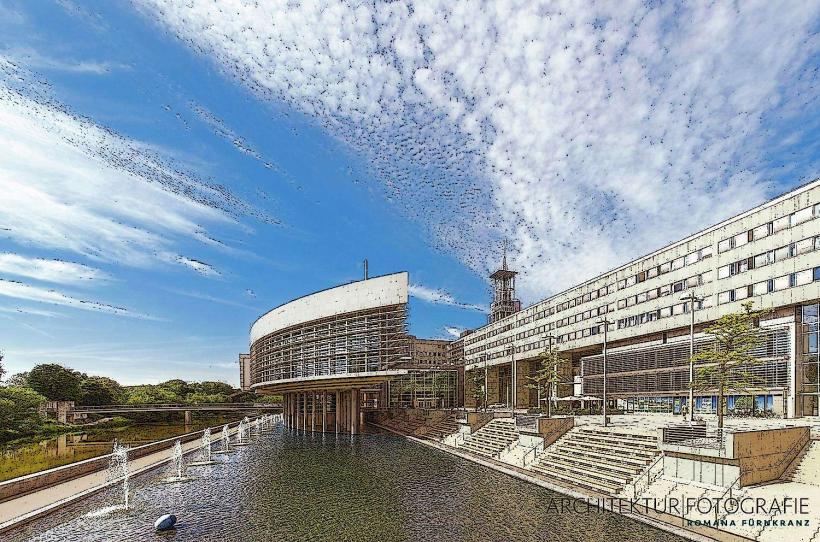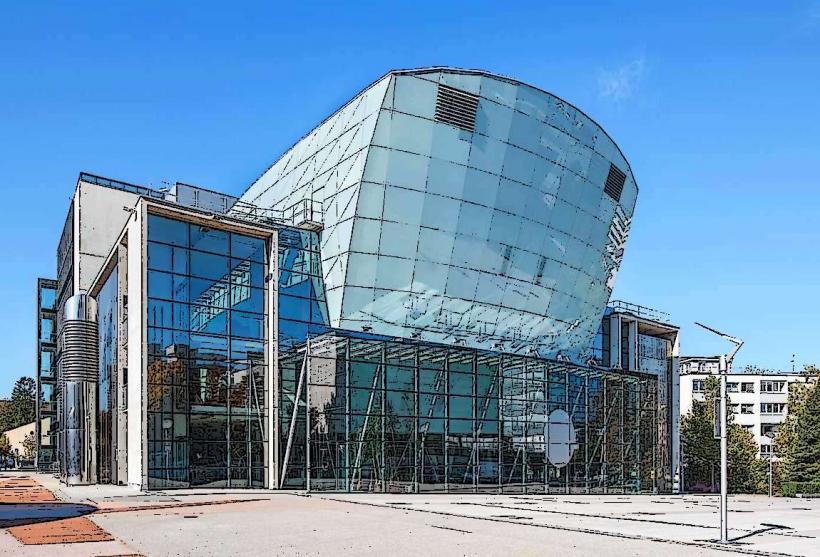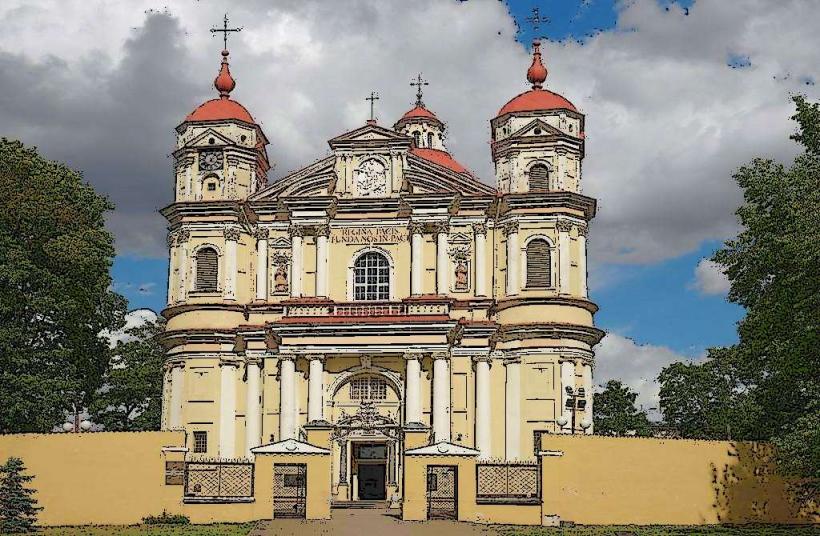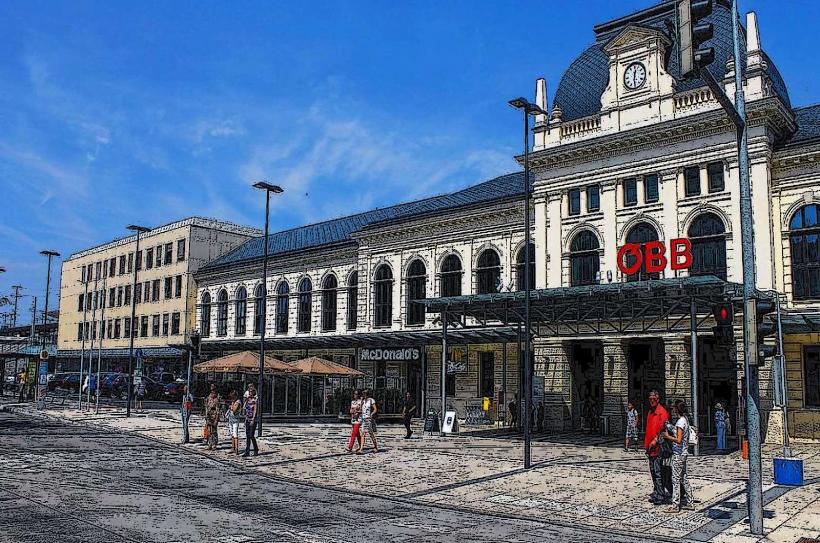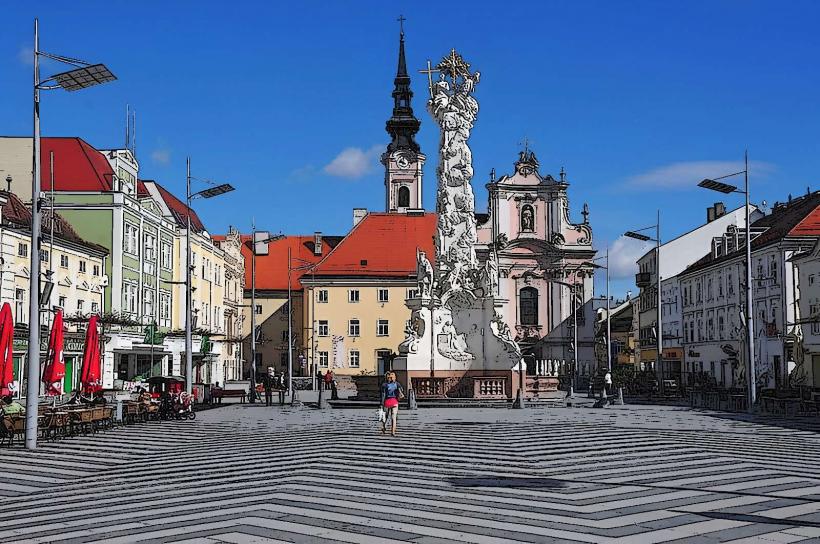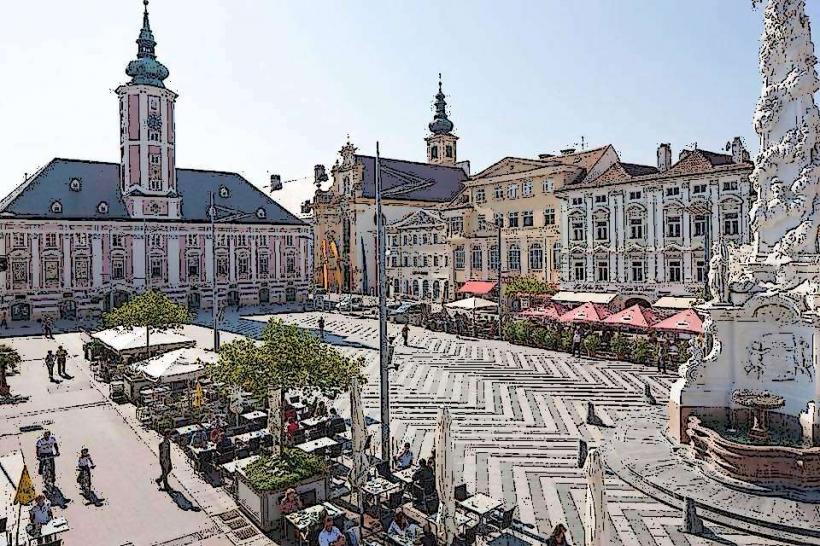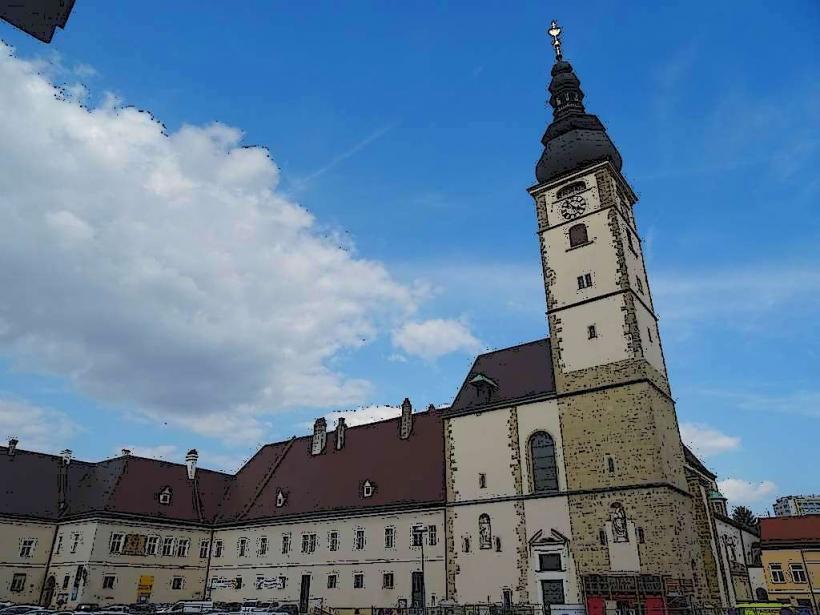Information
Landmark: St. Pölten MuseumCity: St Polten
Country: Austria
Continent: Europe
The St. Pölten Museum (Landesmuseum Niederösterreich - St. Pölten Branch) is an important cultural institution located in St. Pölten, the capital of Lower Austria. It serves as a key venue for exploring the history, art, and culture of the region, offering a wide range of exhibits that reflect the diverse heritage of St. Pölten and Lower Austria. The museum plays an essential role in preserving the city’s past while also engaging with contemporary themes.
Historical Background
The St. Pölten Museum is part of the Landesmuseum Niederösterreich (Lower Austria State Museum), which has various branches across the region. The St. Pölten branch specifically focuses on the history and culture of the city and the surrounding areas, offering a deeper understanding of its evolution over the centuries.
Founding and Evolution: The museum’s origins date back to the 19th century when it was initially established to collect and exhibit artifacts of historical significance. Over time, it evolved into a more comprehensive museum that encompasses not only historical objects but also art, archeology, and ethnography.
Relocation and Modernization: In recent years, the museum has undergone a transformation, modernizing its space and expanding its scope. Today, the St. Pölten Museum occupies a building with state-of-the-art facilities and exhibits that incorporate new technologies and modern display methods.
Museum Architecture
The St. Pölten Museum is housed in an architecturally significant building that combines historical and contemporary elements.
Exterior Design:
- The building features a blend of historical and modern architecture, with some parts reflecting the city’s rich history while other sections are more contemporary in design. The museum’s location in the heart of St. Pölten offers easy access to visitors and is strategically placed within the city’s cultural district.
- The museum’s facade includes elements of neo-renaissance and baroque styles, with elegant stonework and large windows that allow natural light to fill the interior.
Interior Design:
- Inside, the museum offers a mix of traditional and modern gallery spaces, providing ample room for both historical exhibits and contemporary art. The exhibition areas are designed to be flexible, allowing for different types of displays ranging from artistic installations to historical collections.
- The use of modern technologies in the museum’s design enhances the visitor experience, allowing for digital interactions and multimedia displays that complement traditional artifacts.
Exhibitions and Collections
The St. Pölten Museum showcases a variety of exhibitions, reflecting both the local history and the wider cultural heritage of Lower Austria. The museum’s collections are constantly evolving, with temporary and permanent exhibits that explore various themes, periods, and artistic expressions.
Permanent Exhibitions:
- The museum's permanent exhibitions highlight the history of St. Pölten and the Lower Austria region. Visitors can explore the development of the city from its early origins to the present day, including displays about its medieval past, industrial revolution, and modern transformation.
- Key historical themes include local archaeology, historic architecture, and the cultural evolution of the region. This includes ancient artifacts, historical documents, and objects that tell the story of St. Pölten’s development.
Art and Cultural Exhibits:
- The museum also places a strong emphasis on art and culture, often featuring exhibitions by local artists or those connected to Lower Austria. The art collections span a range of periods, from classical works to contemporary pieces, showcasing both Austrian and international influences.
- The museum frequently hosts exhibits focused on contemporary art, including installations, photography, and multimedia projects that explore modern themes and experimental approaches.
Thematic Temporary Exhibitions:
- In addition to its permanent displays, the museum regularly organizes temporary exhibitions that tackle specific topics or themes. These might include exhibitions on historical events, regional culture, or topical issues in art and society.
- Temporary exhibitions provide a dynamic experience, allowing the museum to feature new works and address evolving cultural or social topics.
Cultural and Educational Role
The St. Pölten Museum plays an essential role in the cultural life of the city and region, not only through its exhibitions but also through its educational programs and community outreach efforts.
Educational Programs:
- The museum offers a variety of educational programs aimed at all ages, from schoolchildren to adults. These include guided tours, workshops, and interactive exhibits that help visitors engage with the museum’s collections and exhibitions.
- Special programs are designed to cater to different audiences, such as school groups, families, and art enthusiasts, ensuring that the museum is accessible and engaging for all.
Public Engagement:
- The museum regularly organizes lectures, discussions, and events that encourage public interaction with the exhibits. These events allow for deeper exploration of themes presented in the exhibitions, often featuring guest speakers, artists, and scholars.
- The museum also hosts community activities and collaborative projects that bring together local artists and residents, fostering a greater sense of connection between the museum and the people of St. Pölten.
Visitor Experience
Visiting the St. Pölten Museum offers a rich cultural experience, combining the exploration of the city's historical roots with contemporary artistic expression. The museum is designed to be both informative and enjoyable, with a focus on interactive engagement and the visitor experience.
Interactive Exhibits:
- Many of the museum's displays feature interactive components, allowing visitors to explore exhibits in new and engaging ways. This might include touchscreen displays, virtual tours, or interactive installations that invite visitors to participate in the exhibits.
Special Events and Guided Tours:
- Visitors can enjoy guided tours that provide in-depth information about the collections and exhibitions. These tours are led by knowledgeable staff who can provide historical context and answer questions.
- The museum also hosts special events such as art openings, themed nights, and workshops for those who wish to engage more deeply with the museum’s offerings.
Family-Friendly Activities:
- The museum caters to families with children, offering special programs that include hands-on activities and learning opportunities designed to make the museum experience fun and educational for younger audiences.
Café and Museum Shop:
- The museum includes a café where visitors can relax and reflect on their experience. It also has a museum shop that sells books, postcards, and locally made art and crafts, providing visitors with the opportunity to take a piece of the museum home.
Conclusion
The St. Pölten Museum is a vital cultural institution that offers a comprehensive exploration of St. Pölten's history, culture, and art. Through its permanent and temporary exhibitions, the museum allows visitors to connect with both the past and present of Lower Austria, making it an important destination for locals and tourists alike. With its educational programs, diverse collections, and engaging exhibits, the St. Pölten Museum continues to play a crucial role in the cultural life of the city, offering enriching experiences for people of all ages and backgrounds.

